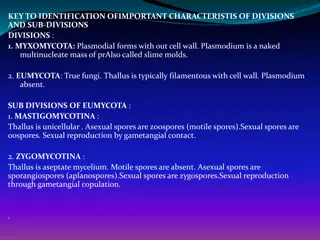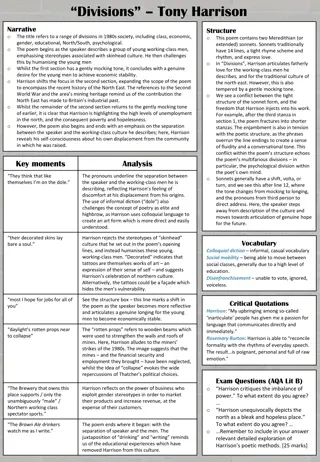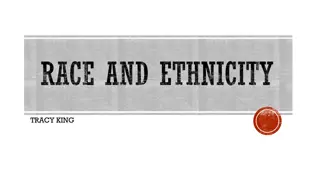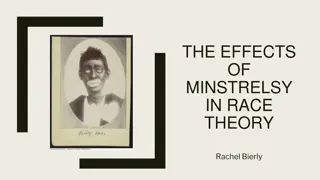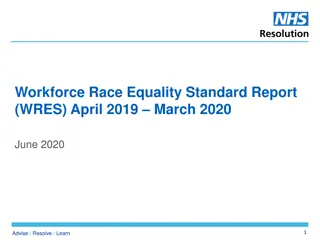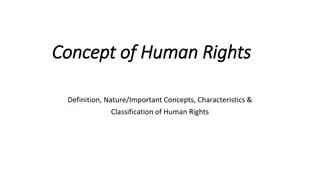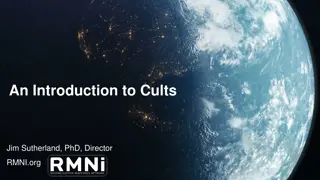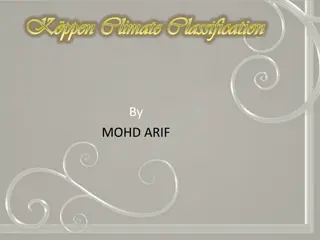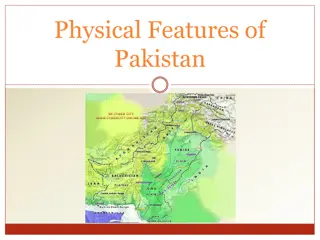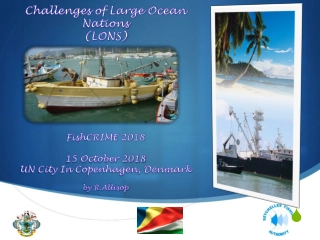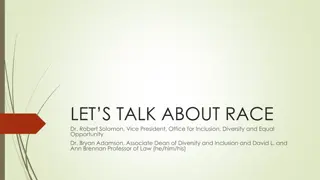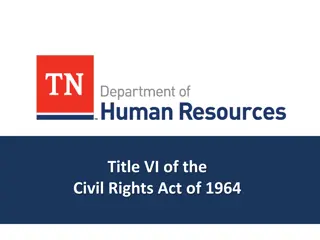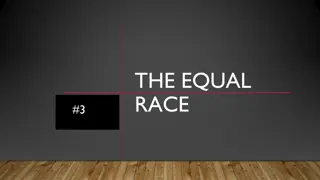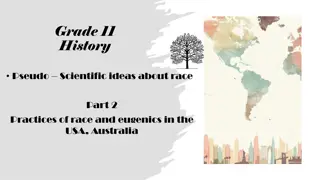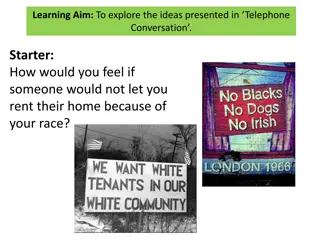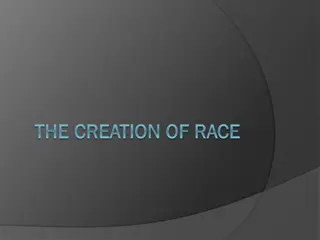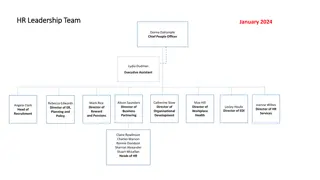Understanding Human Race: Characteristics and Divisions
Anthropologists recognize three to four basic races of man: Caucasian, Mongolian, Negroid, and others. Each race has distinctive physical characteristics like skull shape, facial features, and nose structure. This study aims to explore the variations in human races and their distinctive traits.
Download Presentation

Please find below an Image/Link to download the presentation.
The content on the website is provided AS IS for your information and personal use only. It may not be sold, licensed, or shared on other websites without obtaining consent from the author. Download presentation by click this link. If you encounter any issues during the download, it is possible that the publisher has removed the file from their server.
E N D
Presentation Transcript
PAPER: HUMAN GEOGRAPHY CLASS: III.B.SC GEOGRAPHY DATE : 06/08/2020 TIME: 1.30AM TO 2:30AM Content : HUMAN RACE AND ITS CHARACTERISTICS Prepared by , A.SUMATRA Guest Lecturer Department of Geography Govt College for Women(A) Kumbakonam
The Major Divisions of the Human Race Most anthropologists recognize 3 or 4 basic races of man in existence today. These races can be further subdivided into as many as 30 subgroups. Ethnographic division into races from Meyers Konversationslexikon of 1885-90 is listing:
Caucasian races (Aryans, Hamites, Semites) Mongolian races (northern Mongolian, Chinese and Indo-Chinese, Japanese and Korean, Tibetan, Malayan, Polynesian, Maori, Micronesian, Eskimo, American Indian), Negroid races (African, Hottentots, Melanesians/Papua, Negrito , Australian Aborigine, Dravidians, Sinhalese) Astraloid and American Indian
Caucasion: Skull: Dolicephalic(Long-Head),High forehead,Little supraobital development. Face: Mainly Leptoproscopic( Narrow)Sometimes Meso- or even Euryproscopic, Neither Facial nor alveolar prognathism occurs except among some archaic peoples. Nose:Long,narrow,high in both root and bridge.
Mongoloid: Skull: High incidence of Brachycephaly(Short Round Head) American Indians while Mongoloid are often Dolicephalic. Foreheads slightly lower than that of the Caucasoid. No Supraobital development. Face: Wide and short, projecting cheek bones, Prognathism rare. Shovel shaped incisors common especialy in Asia. Nose: Mesorine(Low and Broad in both root and bridge.
Negroid: Skull: usually Dolicephalic, a small minority are Brachycephalic. Forehead most often high, little supraobital development. Face: Leproscopic (to a much lesser degree than the Caucasion), Prognathism common in most Negro populations. Nose: Low & broad in root and bridge with characteristic depression at root.
Another popular division recognizes 4 major races The world population can be divided into 4 major races, namely white/Caucasian, Mongoloid/Asian, Negroid/Black, and Australoid. This is based on a racial classification made by Carleton S. Coon in 1962.
There is no universally accepted classification for race , however, and its use has been under fire over the last few decades. The United Nations, in a 1950 statement, opted to drop the term race altogether and speak of ethnic groups . In this case, there are more than 5,000 ethnic groups in the world, according to a 1998 study published in the Scientific American
Arace is a grouping of humans based on shared physical or social qualities into categories generally viewed as distinct by society. The term was first used to refer to speakers of a common language and then to denote national affiliations. By the 17th century the term began to refer to physical (phenotypical) traits. The main human races are Caucasoid, Mongoloids
Mongoloids (including Chinese, Japanese, Koreans, and American Indians, etc.), and Negroid. Khoisanoids or Capoids (Bushmen and Hottentots) and Pacific races (Australian aborigines, Polynesians, Melanesians, and Indonesians) may also be distinguished. What was the first race in the world?


